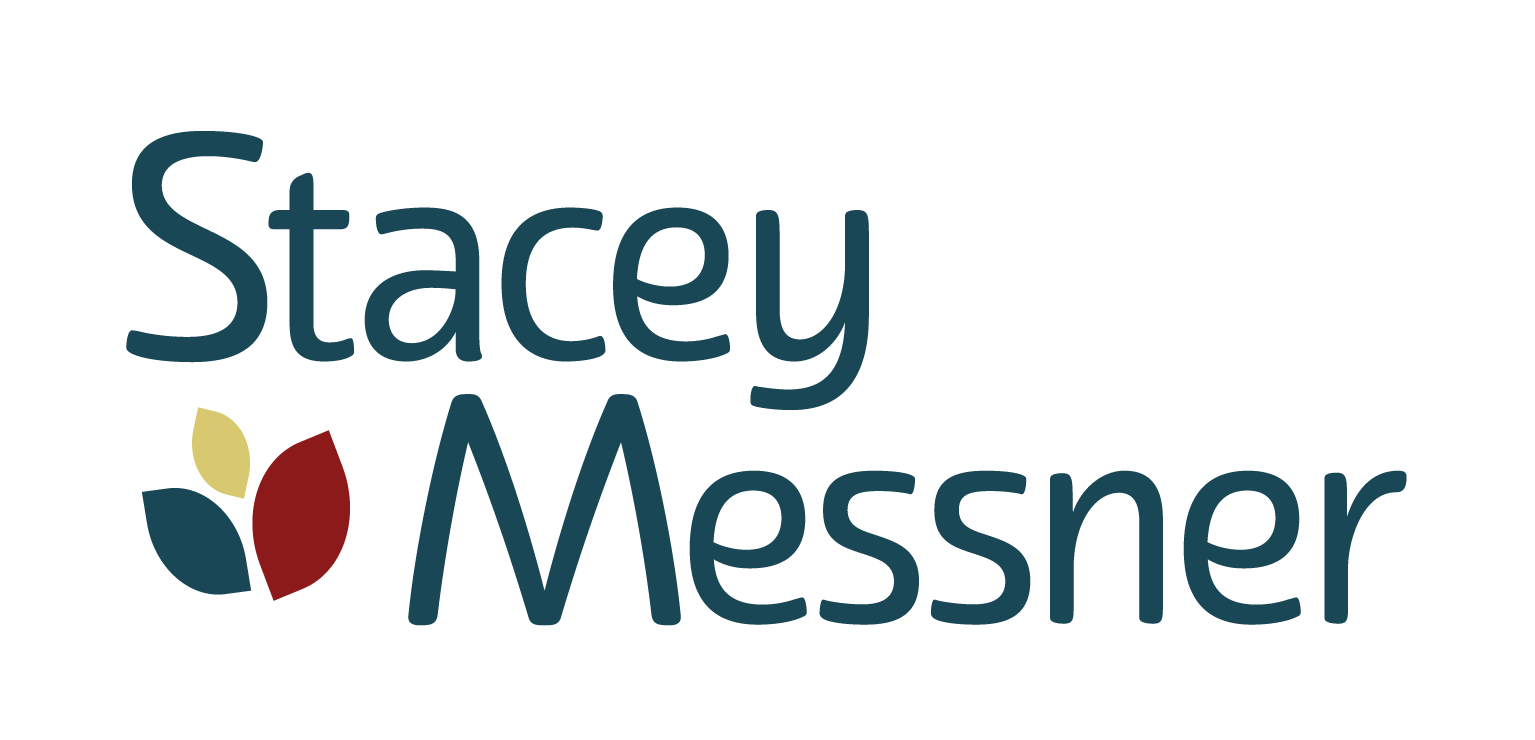Progressive Discipline: When employees aren't performing
It is the employer’s responsibility to clearly and proactively communicate the expectations of the position with the employee. When an employee is not meeting your expectations, it is important as an employer to define and discuss how their work performance or behaviors are unacceptable.
Communicating Expectations
For an employer to implement discipline at any level, it is crucial to have written Progressive Discipline and Termination Policies which have been communicated to all employees. Other important communication tools include using a written Business Code of Conduct and identifying what your businesses Core Values are to determine the acceptable behaviors in your workplace. An employer should also ensure that employees receive a job description, along with a complete orientation, and ongoing opportunities for training and mentorship to further understand their job, the corporate culture, and expectations of your business processes and procedures.
Act Early
Actively trying to solve problems before they get to the dismissal stage is a big part of the progressive discipline process. There must be documented discussions that give the employee an opportunity to improve their work performance and/or change their behavior. Taking the time to document protects the employer from further legal implications.
Progressive Discipline Steps
Step 1: Verbal
The supervisor discusses with the employee about the unacceptable work or behavior. The discussion is normally not documented in the employee’s personnel file however, the supervisor should keep detailed notes of the discussion and reference the discussion if unacceptable work or behavior continues and warrants moving to Step 2.
Step 2: Written
The supervisor discusses with the employee about the unacceptable work or behavior. A written description of the issue is documented in the employee’s personnel file. It should reference the verbal discussion in Step 1, the expected changes in the employee’s work or behavior, and the consequence for further incidents.
Step 3: Suspension
A written notice which details the defined period of time the employee will be off work, whether the suspension is paid or unpaid, the changes required with work or behavior, and the consequences for further incidents to be documented in the employee’s personnel file.
Step 4: Termination
An employee is released from their employment for work or behavior that is unacceptable and it is documented in the employees personnel file.
In the perfect world of progressive discipline, you would follow steps one through four. However, depending on the severity of the infraction by the employee, an employer may choose to implement progressive discipline at any point of the process.
Leading the Progressive Discipline Discussion
Lead the progressive discipline discussion by using the following agenda:
- Identify the issue – What is the problem? Why is it important?
- Give the employee the opportunity to respond.
- Ask the employee to identify solutions to the problem.
- Provide employees ideas of how to improve and outline the support the employer can provide to make the changes.
- Ensure the employee understands what is expected.
- Explain the consequence should the unacceptable work/behavior continue.
- Provide a specific time period of which the change in work/behavior is to take place.
Create the following environment for the discussion:
- Stick to an agenda to stay focused.
- Create a two-way dialogue.
- Use active listening practices to effectively listen to each other.
- Talk with respect to each other – no blaming.
- Ask open-ended questions. “Tell me how”, “Give me an example of”
- Start questions with “what” or “how” versus “why” which triggers defensiveness.
At some point, an employer may need to decide if continuing progressive discipline is the most reasonable answer. There are tools and resources that can help you through the progressive discipline process. Reach out to your in-house HR and legal department experts or seek consultants for advice.
Here’s How I Can Help
If you want to know more about using progressive discipline in your workplace, please contact me. My first 30 minute consult is free.

